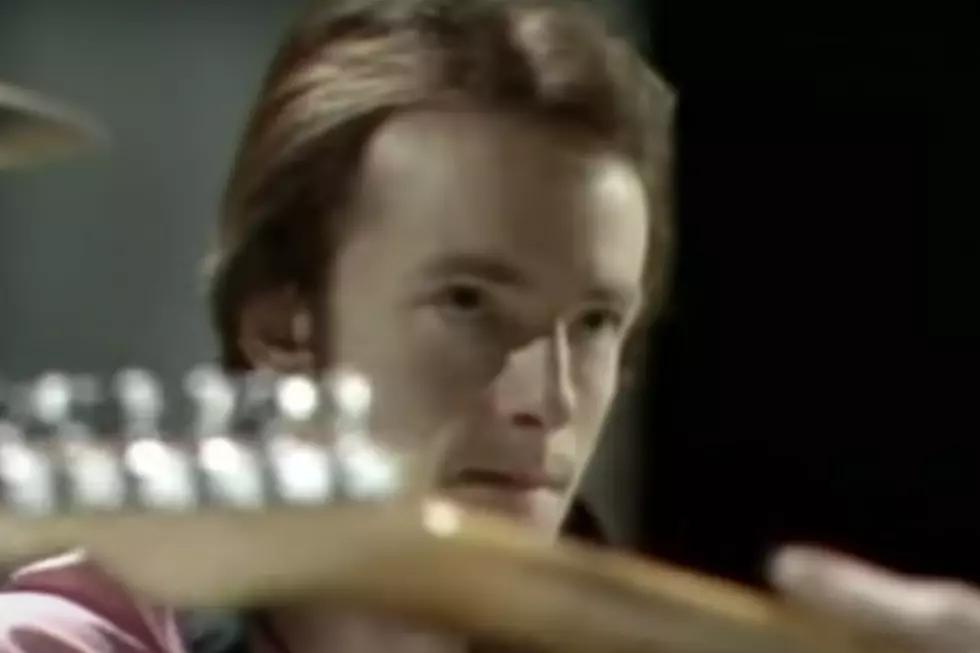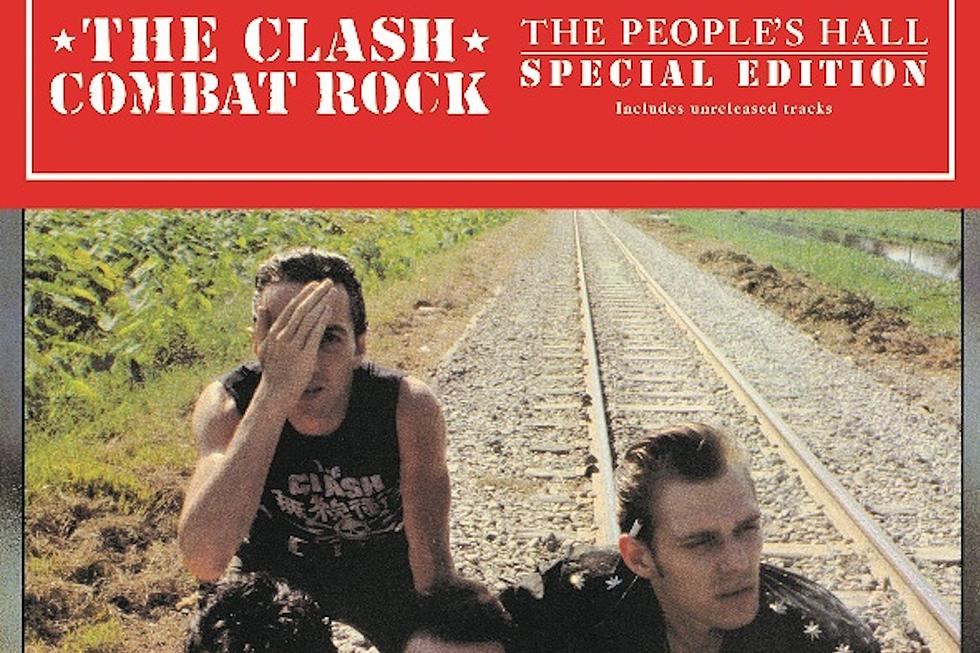
When the Clash Regrouped for the Career-Closing ‘Cut the Crap’
It was a fast, furious and very prolific ride for the Clash. After forming in 1977, things moved quickly, with the band issuing a steady stream of classic singles and groundbreaking LPs. In addition, they toured the globe relentlessly and, unlike the Sex Pistols , who imploded, or the Jam, who could never gain ground in the U.S., the Clash became the first, and only, band from the U.K. class of 1977 to become genuine stars in America.
By 1982, the band was at its commercial peak with the album Combat Rock, which spawned the hits "Should I Stay or Should I Go?" and "Rock the Casbah," the latter cracking the Billboard Top 10. Following a massive tour in support of the album, including dates at Shea Stadium opening for the Who, it seemed the Clash were in position to be one of the biggest bands of the '80s, but cracks had already appeared, and things slowly fell apart.
At the start of the Combat Rock tour, drummer Topper Headon was kicked out of the band due to his heroin addiction, and replaced with the group's original drummer, Terry Chimes, who suitably filled the void, but this made for the first disruption. Following their performance at the US Festival in 1983, tensions between founders Joe Strummer and Mick Jones began to boil over. Ultimately, Jones and Chimes left the band, leaving Strummer and bassist Paul Simonon to ponder the future.
The duo decided to soldier on and added drummer Peter White and guitarists Nick Shepherd and Vince White to the lineup. The band set about recording a new album, Cut the Crap, which was released on Nov. 4, 1985. The title was to have signaled a return to the more straight-ahead style of the early days before a smorgasbord of influences had altered their sound over the years. Sadly, the music within was miles away from the manic rush of that 1977 sound, leading many to suggest they should have left the first two words off the album title.
The album carries very little trace of the Clash sound and ultimately sounds like a failed Strummer solo album. Simonon's bass was barely noticeable and most of the 'drums' credited on the album are programmed drum machines. "Dictator" kicks off the album in a blur of guitars, horns, and voices, all pushed on by tacky drum machine rhythms. "Dirty Punk" shows little, if any, trace of the power or innovation of the Clash and ends up sounding like a demo of some imitative third-generation punk band. Songs like "This Is England" and "Cool Under Heat" try to get something going, but things never gel.
As if they needed to remind fans, the album included "We Are the Clash," but unlike the Monkees, who were too busy singing to put anybody down, the Clash seemed to be trying to make some sort of statement about themselves, their music and the times. Unfortunately, it plays like a sad attempt at bravado. Perhaps Stummer wanted this to be their theme song going forward, but it wasn't. A telling sign of its failure is that Sparks covered it more convincingly for a 2003 Uncut magazine CD of Clash cover songs despite the fact that they were not the Clash. Then again, by 1985, even the Clash weren't the Clash anymore.
Jones also incorporated modern styles such as drum machines and glossy production to greater success with his new band Big Audio Dynamite, who issued their debut a month before Cut the Crap. Though the Clash's album did chart in the Top 20 in the U.K., it struggled to make Top 100 in the U.S. and sank without a trace. Over the years, it has nearly been written out of the band's history, and understandably so.
Ranking Every Clash Album
More From Ultimate Classic Rock









